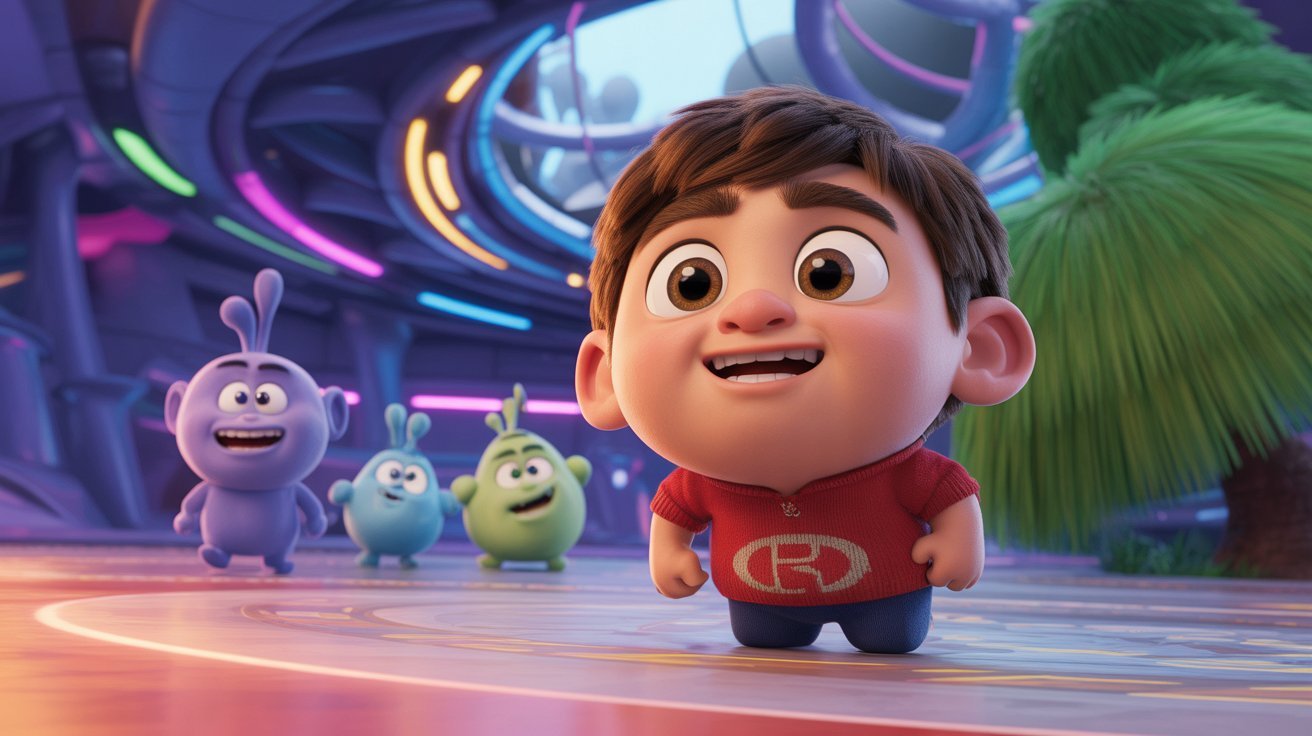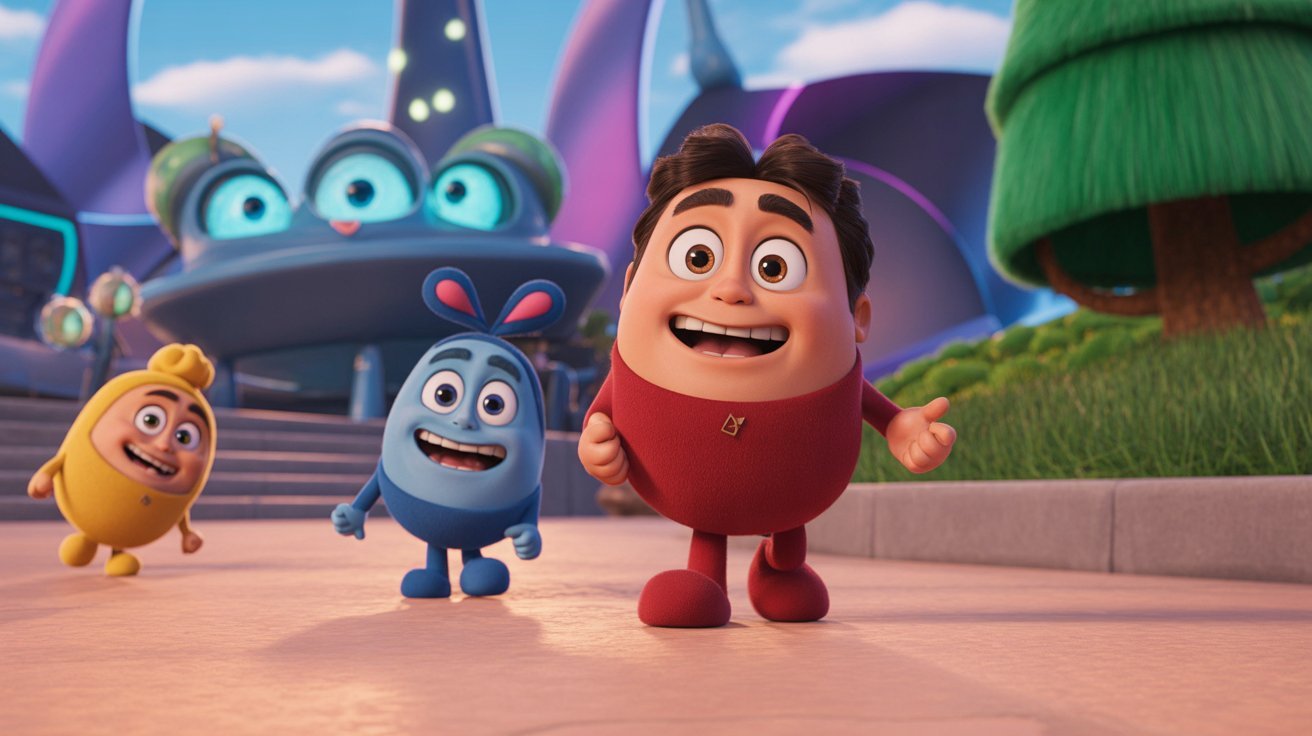MLWBD 2025 Latest Movie Reviews, News & Story Breakdowns (Click Now!)
It has the strength to transport us to other worlds, acquaint us with other peoples and other cultures, and set an entire gamut of emotions coursing through our veins. From the golden era to the coming of the independents, it is a rich history of many facets. For someone, a name like MLWBD might make one want to delve more deeply into the vast movie universe. From great movie reviews to the technological evolution that now defines our cinematic experience, this article intends to delve into many aspects of film culture.
The Art of a Great Movie Review
A good movie review should not be a mere summary of the plot. It should be able to deliver a critique with background, insight, and viewpoint. For film-related platforms like MLWBD, knowing the essentials of a good review is important. A review should consider the following points:
- Plot and Narrative: How good is the story? Is it engaging, well-paced, and original? Does the narrative structure work, or does it feel disjointed?
- Characters and Performances: Are the characters believable and well-written? Do the actors give compelling performances that breathe life into these characters?
- Direction and Cinematography: What is the director's vision, and how is it realized? This includes everything from the camera angles, lighting, and all the way to the overall visual style.
- Sound Design and Score: Much like the music and sound effects, these elements set the tone and atmosphere. A good review will comment on the audio's ability to either enhance or diminish the viewing experience.
- Themes and Message: What is the film saying? An insightful review would delve into the more profound themes and messages, thus making readers look critically at the film's content.
By focusing on these points, a review becomes a valuable source for someone who wants to decide what to watch next. This is an intellectual exercise that builds the appreciation for filmmaking and helps one find new masterpieces.
The Evolution of Cinema: From Silent Films to Digital Spectacles

Cinema has a continuous process of innovation and history. This tradition of innovation started at the end of the 19th century with the birth of the kinetoscope and the cinematograph; a time when Thomas Edison and the Lumière brothers, inter alia, were all vying to offer the very first moving picture show to a paying public. Simply put, the early days were those of silent films, where visual symbols and cues, exaggerated acting, and live musical accompaniments told the story.
The most enormous revolution ever came on the heels of the introduction of synchronized sound in the late 1920s. "The Jazz Singer" is generally believed to be the first feature-length film to have synchronized dialogue, almost instantly changing forever how movies would be made and experienced. This period, called the "talkies," brought in the dimension of dialogue, enhancing the possibilities for storytelling with more complex narratives and character development.
The journey was not over. The 1930s were the era of color films, putting vibrancy and courage into the screens. Technological improvements in film-making have been indeed novel, further pushing the limits of what can be considered:
- Widescreen Formats: The birth of Cinemascope in the 1950s made the viewing experience far more immersive and grand.
- Special Effects: Distinguished and earlier states from practical effects to the current prominent renders and computer-generated imagery (CGI) are spells that let directors develop fantastical worlds and awe-inspiring sequences.
- Digital Filmmaking: Cinematography hung very much on the shift from physical film to digital cameras gave rise to a field of work; indeed, changes from production to editing followed.
This evolution shaped the modern cinematic landscape and rendered films more pleasing and entertaining to the human eye than ever before. In this manner, tempted by the very position of cataloging and discussing films, a site such as MLWBD can be a wonderful platform to reminisce on this splendid history and consider the impact of these changes on storytelling.
Understanding the Modern Film Industry
The films nowadays are being made in a global, multi-billion dollar industry. It is a complex ecosystem comprising persons working as screenwriters, directors, and cinematographers among others. Laymen call the incessantly evolving film industry the change in consumption patterns, technologies, distribution systems, promotion modes, and exhibition forms.
One of these changes is streaming platforms for movies. Netflix, Amazon Prime, Hulu, Disney+, and HBO Max have brought about a fundamental change in how movies are watched. In other words, it has provided different distribution models, given opportunities to independent filmmakers, and has also given viewers an enormous library of content never known to have existed before.
These platforms have themselves turned into proficiencies for generating top-notch original movies and series, standing in competition with the traditional studios. This has initiated another age of story-telling-traditional stories in a wide variety of voices and genres now find their way into the global audience.
For the cinephilic kind, an understanding of cinema at whiff is the key. It's not just about what goes on the screen, but there is also a business of filmmaking: the economics of production, the place of film festivals in the industry, and box office performance. A site such as MLWBD could can act as a hub to discuss these trends and insights.
Legally Finding Films and Supporting the Arts
For lovers of all things cinema, finding films to watch legally and ethically has become more than ever pertinent. The contemporary media environment is full of countless options from where artists and craftsmen can actually get acknowledged for bringing such stories to life.
- Subscription Streaming Services: As stated above, services like Netflix, Hulu, and Amazon Prime Video offer an extensive library of movies for a monthly subscription fee. Therefore giving the content creators an avenue where they can get paid for their works.
- Ad-Supported Free Streaming: Some services such as Tubi, Pluto TV, and Crackle give away a wide array of movies for free with ads. A fine way to sample some films without subscribing.
- Digital Rentals and Purchases: You can rent or purchase a movie through YouTube Movies & TV, Apple TV, or Vudu. This is great if you want to see a fresh release without the monthly commitment of a subscription.
- Public libraries: Many public libraries grant users free access to streaming services like Kanopy that offer a curated collection of classic films, docuseries, and indie movies.
By choosing these legal, readily available options, we help guarantee the continuing growth and development of the film industry. The greater concern for any enthusiast, whether casual or devoted to cinephilia, should always be supporting the creative process.
The Role of Film in Culture and Education

Films are more than just oil; they have potent educational and cultural functions. They are useful in teaching history, examining complex social issues, or merely providing a lens through which to view other cultures and perspectives.
The film enables both students and scholars to study the subject. Film theory is a discipline that deals with the examination of cinema on formal and thematic grounds. Thus it would be possible to say that the discourse of film theory attempts to understand how films produce meaning, how they affect audiences, and the social conditions of their production.
Besides this, film festivals around the world attempt to bring into the limelight new talent and celebrate the art of cinema from different walks of life. They form an essential ingredient in the ecosystem of cinema, making sure that independent movies and documentaries get screened out of mainstream theaters.
The ongoing dialogue about cinema that the MLWBD and, indeed, the numerous other platforms have created contributes to a vibrant film culture. Such culture thrives on discussion, debate, discovery, and appreciation of the intricate craft of filmmaking and the immense impact it has on the world.
Conclusion
An eternal source of inspiration and entertainment, cinema is a place for creativity, technicality, and cultural interchange. Placing the holistic understanding of this world above everything else, from the craft of a movie review to the actual technological and business side of the industry, will enable us more to appreciate films. Liaison of the MLWBD journey and the world of this conversation mark the everlasting power of cinema to unite people for brainstorming and to honor all forms of storytelling arts. By acting responsibly and legally toward this content, each one of us contributes to the grand discourse on film that is forever evolving.